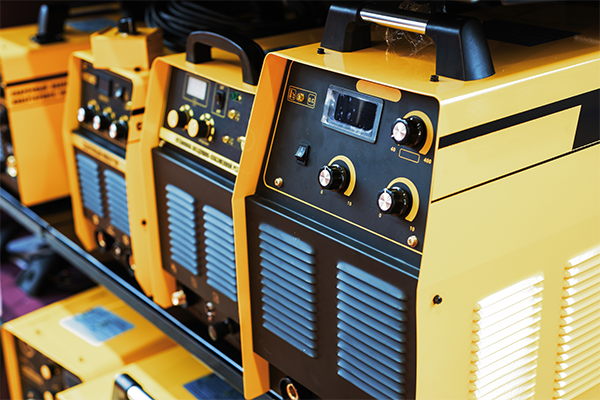Introduction: Choosing the right welding machine is a crucial decision for both professionals and hobbyists alike. With a plethora of options available in the market, it’s important to understand your needs, the types of welding processes, and the features that will best suit your requirements. In this article, we will walk you through the key factors to consider when selecting the best welding machine for your needs.

- Identify Your Welding Needs: The first step in choosing the right welding machine is to determine the type of welding you’ll be doing. Are you a hobbyist working on small projects, or a professional tackling heavy-duty applications? Different welding processes, such as MIG, TIG, Stick, and Flux-Cored, cater to specific materials and thicknesses. Identify your primary welding tasks to narrow down the suitable options.
- Consider Power Input and Output: Welding machines are available in various power capacities, usually measured in amperes. Make sure to choose a machine that matches the power supply available in your workspace. Also, consider the output range – a wider range allows for greater versatility in welding different materials.
- Evaluate Welding Processes: Depending on the materials you’ll be working with, choose a welding process that aligns with your needs. MIG welding is great for fast and efficient work on metals like steel, while TIG welding offers precision on thin metals and alloys. Stick welding is versatile and works well on thicker materials.
- Portability and Size: If you need to move your welding machine frequently, portability becomes a key factor. Look for machines that are lightweight, compact, and often equipped with carrying handles. However, balance portability with the power needed for your tasks.
- Duty Cycle and Cooling System: The duty cycle indicates how long the welding machine can operate at a certain output level before needing a cooling-down period. A higher duty cycle is essential for longer welding sessions. Also, check if the machine has an effective cooling system to prevent overheating.
- Ease of Use and Controls: User-friendly controls, clear displays, and adjustable settings can make a significant difference in your welding experience. Digital displays, intuitive knobs, and user-friendly interfaces simplify the setup and adjustment of the welding parameters.
- Quality and Durability: Invest in a reputable brand known for producing high-quality welding machines. Welding is a demanding task, and a durable machine will withstand the wear and tear of regular use. Look for machines with rugged construction and sturdy components.
- Safety Features: Safety should be a top priority when selecting a welding machine. Look for models with features like thermal overload protection, voltage fluctuation protection, and mechanisms that prevent arc flash.
- Budget Consideration: Welding machines come in a wide price range. While it’s tempting to go for the cheapest option, remember that a higher-quality machine often pays off in terms of performance, durability, and safety.
Conclusion: Selecting the best welding machine requires careful consideration of your specific needs, the type of welding you’ll be doing, power requirements, and various features that enhance usability and safety. By taking the time to evaluate these factors, you’ll be well-equipped to make an informed decision that aligns with your welding goals. Happy welding!
